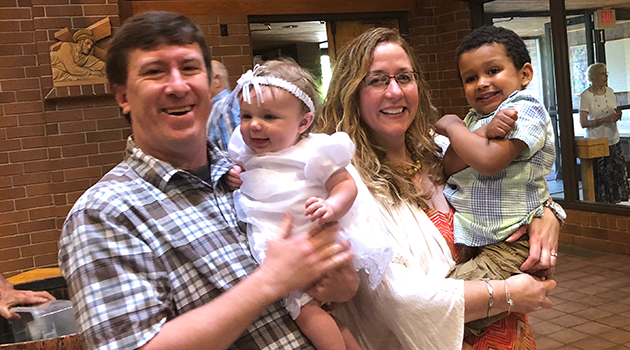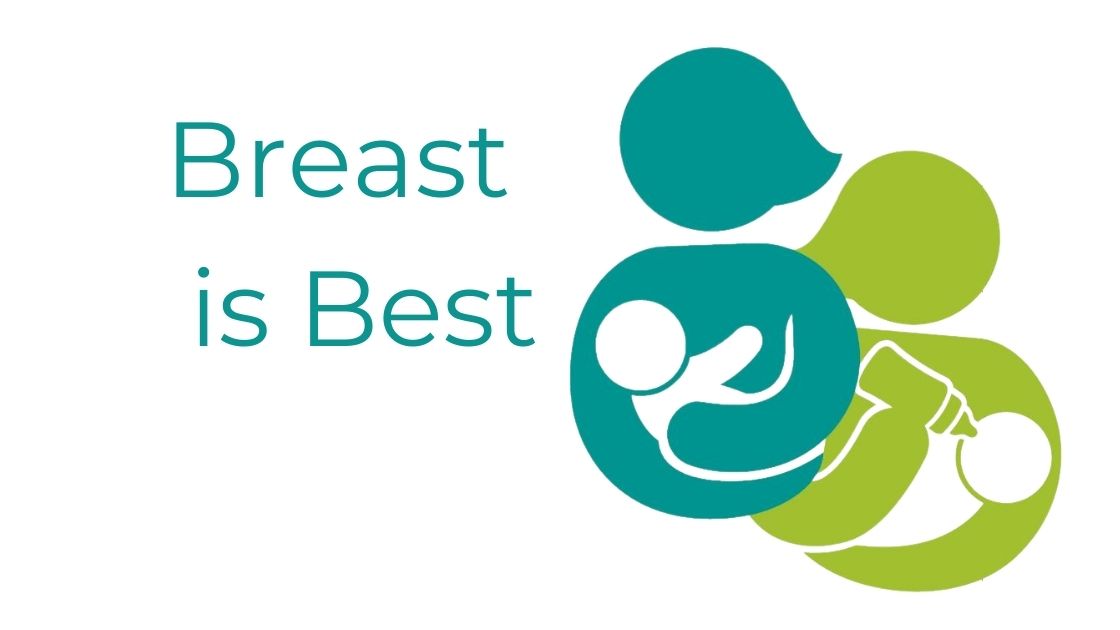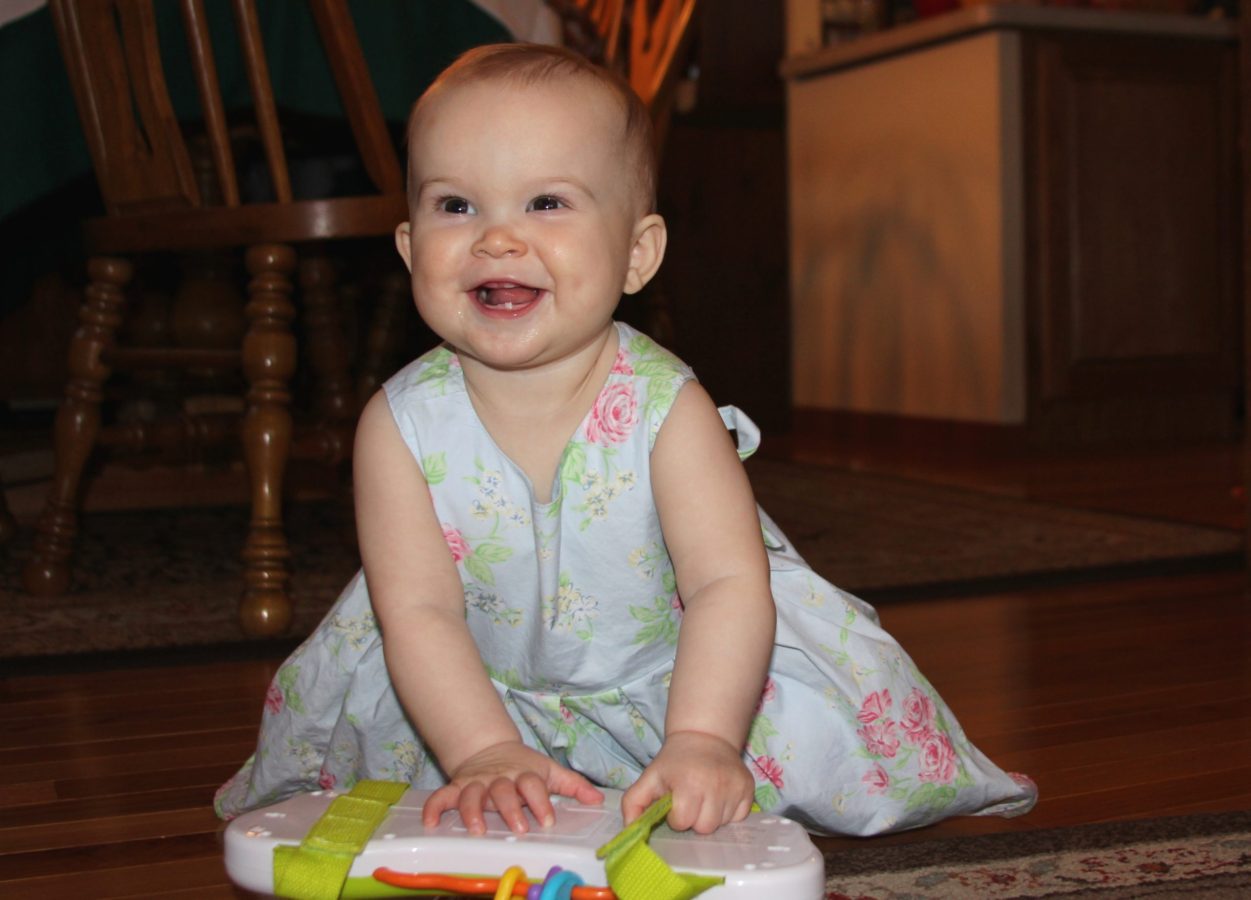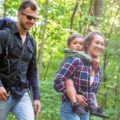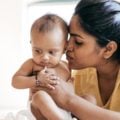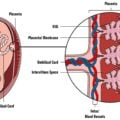Like many proud mothers, Cassidy Stumm has a social media profile that’s full of “aw”-inducing photos of the 27-year-old cuddling her baby girl.
Amidst images of her daughter’s baptism and first birthday party, a picture of Cassidy — lifting up the laughing baby — is superimposed with the words: “I am touched by adoption.”
Cassidy, you see, doesn’t live with her daughter, Grace, who is 1 1/2 years old.
Grace lives with her adoptive parents in the Twin Cities. But because the adoption is an open one, Cassidy is still allowed to be a part of her daughter’s life.
This is a modern-day adoption story, Cassidy said.
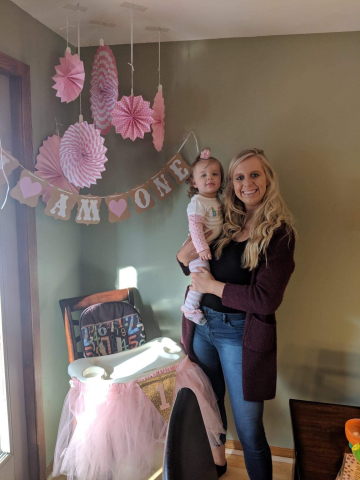
How it all began
Before Grace’s birth, Cassidy said she had hit rock bottom. She was dependent on alcohol and in an unhealthy relationship. In April 2017, her family surprised her with an intervention in hopes of getting her into an addiction treatment program. She agreed, and soon after discovered she was pregnant by a man who had left without contact after physically abusing her.
She received prenatal care while in treatment and successfully graduated from the program that July. Leaving her apartment and job from her old life behind, she moved in with her family to start over. But even then, she couldn’t admit she was pregnant.
“I had so much shame and denial, the words couldn’t leave my mouth,” she said. “My brain wasn’t catching up to my body.”
Cassidy was rebuilding a stable life for herself. But knew she wasn’t ready to parent as a newly sober, single mom.
“When my mom was pregnant with me, she’d considered adoption, but didn’t go through with it because back then it would have been closed,” Cassidy said. “She said, ‘I never would have seen you again.’”
But then Cassidy learned there was another way. With modern adoption, she wouldn’t have to part ways forever with her daughter.
“I was like, ‘OK, I can work with this,’” she said.
Cassidy just wanted what was best for Grace. She turned to Lutheran Social Service in St. Paul for guidance and resources. She looked at the profiles of many families, but none seemed like the right fit.
Then a coworker asked her if she wanted to meet Ben and Wendy, a Twin Cities couple who had already done one open adoption and sounded “super open and cool.”
Cassidy remembers thinking, “Well, I’m due in a month and a half, so I probably should.”
An instant connection
At their first meeting at a Caribou Coffee, Cassidy, Ben and Wendy immediately hit it off.
“When you know, you know,” Cassidy said. She and her mom visited Ben and Wendy’s home, further solidifying her decision.
Their Christmas tree was decorated with family photos, including one of their son’s birth mom, so it was clear this wouldn’t be the couple’s first open-adoption experience.
They promised to add Cassidy’s picture to the tree, too.
“They are so warm — the definition of a family,” Cassidy said.
Ben and Wendy, who adopted their son, Augustin, after struggling with fertility issues, didn’t have much time to decide if they would adopt Cassidy’s child and create a family of four.
They’d known Cassidy only a couple weeks before she officially chose them; from then, they had about three weeks to decide.
But they were so impressed with her recovery and her honesty.
“She was absolutely on the path to healing and health and wholeness — and coming out the other side,” Wendy said. “She was stronger already for what she’d been through. We knew this was a young woman of strength and determination and goals.”
Grace was born with Ben and Wendy in the delivery room; Wendy cut the umbilical cord. Ben and Wendy stayed overnight in their own room down the hall in the hospital with Grace to start the bonding process.
“We did an entrustment ceremony,” Cassidy said. “After a couple prayers, we each went around holding Grace and saying our wishes for her and for each other. A lot of hugs and crying, but it was really special.”
Wendy said during the births of her open-adopted children, she was able to be present in the delivery room and was allowed to cut the cord in both instances.
“There’s something symbolic there,” she said. “That hospital time is really sacred ground.”
That neutral space was also where they bonded much more closely with Cassidy.
“We’d talk and talk. It was this liminal space. It’s that in-between space,” Wendy said. “We got to know each other so well.”
But then it came time to leave a couple days later, a process that wasn’t easy for anyone.
It fact, it was traumatizing, Cassidy said. But having a plan in place to meet up the following week made it more bearable. Now, her contact with Grace happens every four to six weeks.
“Open adoption is super great,” she said. “I text Wendy all the time. I have a birth-mom section in the baby book. Grace will never have to wonder where she comes from.”
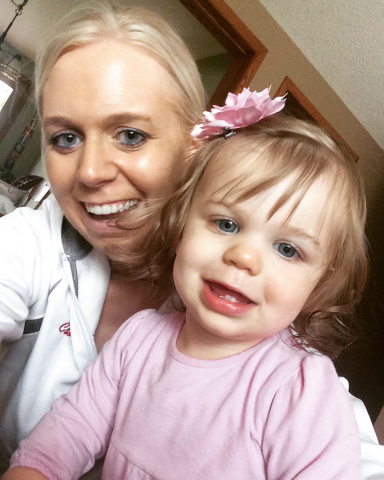
Filling in the narrative
Before open adoption came to the forefront in the 1980s, children like Grace didn’t have the option of knowing their biological relatives.
And that can be hard on some kids, said Alexis Oberdorfer, the executive director of adoption at Lutheran Social Service.
“When you’re missing significant portions of what forms who you are as a person, it leaves some holes in your narrative,” Oberdorfer said.
But now, more than 90 percent of infant adoptions through the agency are open. Birth mothers can select the adoptive family of their choice as well as the amount of openness and communication they would prefer.
The definition of open adoption is simply that it involves the disclosure of identifying information between the biological and adoptive parents. How much contact they will have is agreed upon in advance.
Every relationship is different. Some are more open and involve meetings. Other families, rather than getting together in person, engage from a distance with video calls, photo sharing and gift giving.
Fate, destiny, closeness
Catherine Kirk Chase of Victoria has two adopted children who have had experiences on opposite ends of the openness spectrum. With the adoption of her son, Jake, 15 years ago, she knew the connection with the birth mother wouldn’t be a close one.
“When she handed him to me,” Kirk Chase said, “she told me that she wouldn’t be able to see him.”
Kirk Chase and her then-husband exchanged letters and pictures for a few years with the birth mom, but she eventually dropped contact.
The Chase family’s second adoption happened quite unexpectedly.
Kirk Chase had started volunteering to help others go through the adoption process. One day, she agreed to meet a young woman and her parents to share her story of how open adoption worked for her family.
At the meeting, the birth mother-to-be surprised everyone: After they’d talked awhile, she handed a sonogram photo to Kirk Chase and said, “This is the first photo of your daughter.”
Kirk Chase has one word for it: destiny. After that fateful meeting, a relationship began that would leave a deep impact on them all. The birth mother announced the birth (a daughter, named Gemma) in the local paper, stating that the baby girl had been born and was being lovingly adopted by the Chase family.
Meanwhile, Kirk Chase has become quite close to her daughter’s birth parents and their extended families as well. This spring, Gemma, now 10, attended a family reunion alone with her birth family.
“It’s her family,” Kirk Chase says simply. “It all comes down to: Is it right for Gemma? That’s true for all parenting: Is it right for my child?”
Before she adopted the first time, Kirk Chase interviewed birth mothers for four years to learn what type of adoption worked out best for them.
Overwhelmingly, the answer seemed to be adoptions with openness.
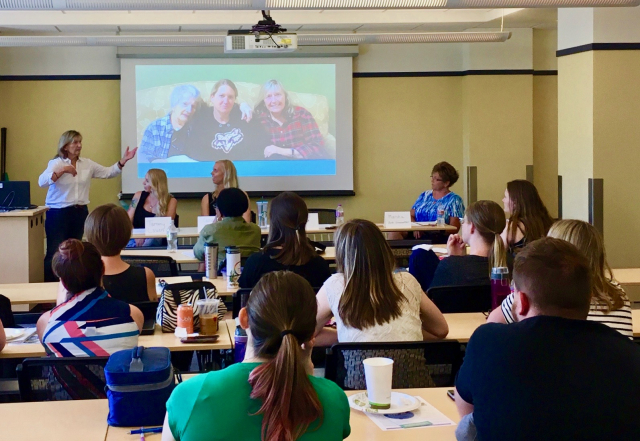
Making it work
Overall, open adoption is highly recommended, Oberdorfer said. But like any relationship, it takes work. There can be bumps along the way as all members of the adoption triad work to define that new normal. No one calls it easy.
“For people who can navigate and do it right, you’re creating a new normal and redefining what a family is,” Oberdorfer said.
“You have to be open to a different framework of a family,” said Kirk Chase, who is working on a book about her experiences with adoption.
When Kirk Chase is on an outing with the extended birth family, it can be a little confusing to people who encounter them. During the early years, they would try to explain their complicated connections.
“I’m older than some of the grandmothers,” Kirk Chase said. “The look on people’s faces has been really funny.”
Now they have a simpler way — using just names, not titles.
Being close in age to Gemma’s birth grandparents had led to a beautiful friendship.
“I stay at their house, we chat and go on vacation together.” Kirk Chase said, adding: “We had to work to make it what it is.”
Expanding their tribe
Cassidy encourages adoptive parents to foster gratitude and an open mind.
“It’s not easy what a birth mom has to do,” she said. “Basically they give up part of themselves to create a family for someone else.”
She attributes her strong relationship with Grace’s parents to honesty, communication and trust.
“It’s not joint custody,” Cassidy said. “Yes, she is my child. But they are her parents.”
At the same time, Ben and Wendy actively seek out opportunities for Grace to get to know her birth grandparents, too.
“We feel like the more people loving our kids the better,” Wendy said. “You just expand your tribe. You don’t narrow it.”
Wendy said the hardest part of both their adoptions was fear that things might not work out in the end. When you adopt, she said, you often put your profile in a book and must simply wait to get picked.
Adoptive parents can start to wonder when — or if — they’ll be selected.
“You’re putting yourself out there,” she said. “You have that fear of not being enough.”
Even after being chosen, parents can end up afraid that the birth mother will have a change of heart.
“The scariest part is always: Will they change their mind?” she said. “Our hearts are on the line.”
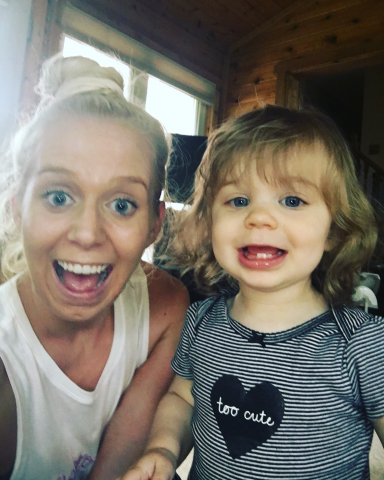
Eliminating the stigma
You can never have too many moms.
That’s according to Jenny Eldredge, the executive director at Bellis, a nonprofit organization based in Elk River that offers peer-based support gatherings to anyone impacted by adoption.
After Grace’s adoption, Cassidy found support through Bellis and now volunteers with the organization to tell her story to social workers and high school students in an effort to reduce the stigma around adoption. Audiences love her honesty and vulnerability.
Cassidy, now working as a Barre fitness instructor in the Twin Cities, said when her students asked her on Mother’s Day this year if she was a mom, she told them about her birth daughter.
While the innocent question, “Do you have kids?” can feel like a stab in the heart, it also can be an opportunity to share her story.
I like to spread the word about adoption, Cassidy said.
Redefining family
Openness is no longer limited to domestic infant adoption, Oberdorfer said. International and foster care adoptions are now more open than in the past. And tools such as social media and DNA testing are breaking open once-closed adoptions, too.
One thing is clear: Everyone in the open adoption triad is doing this because they love their children and have their best interests at heart.
“We underestimate our capacity to love,” Eldredge said. “Your heart keeps growing and you welcome more people into your family.”
Kirk Chase agreed: “Love is what it’s all about.”
RESOURCES
Adopt US Kids adoptuskids.org
Lutheran Social Services (Children’s Home Society) chsfs.org
Minnesota Department of Health tinyurl.com/mdhs-adoption
MN Adopt mnadopt.org
North American Council on Adoptable Children nacac.org
Abbie Burgess is a Twin Cities freelance writer and lifestyle blogger.



